Can't function without a coffee? It's ok, your caffeine habit isn't necessarily bad news
woman&home health columnist Annie Deadman shares how to enjoy the benefits of warming teas and coffees in a healthy way
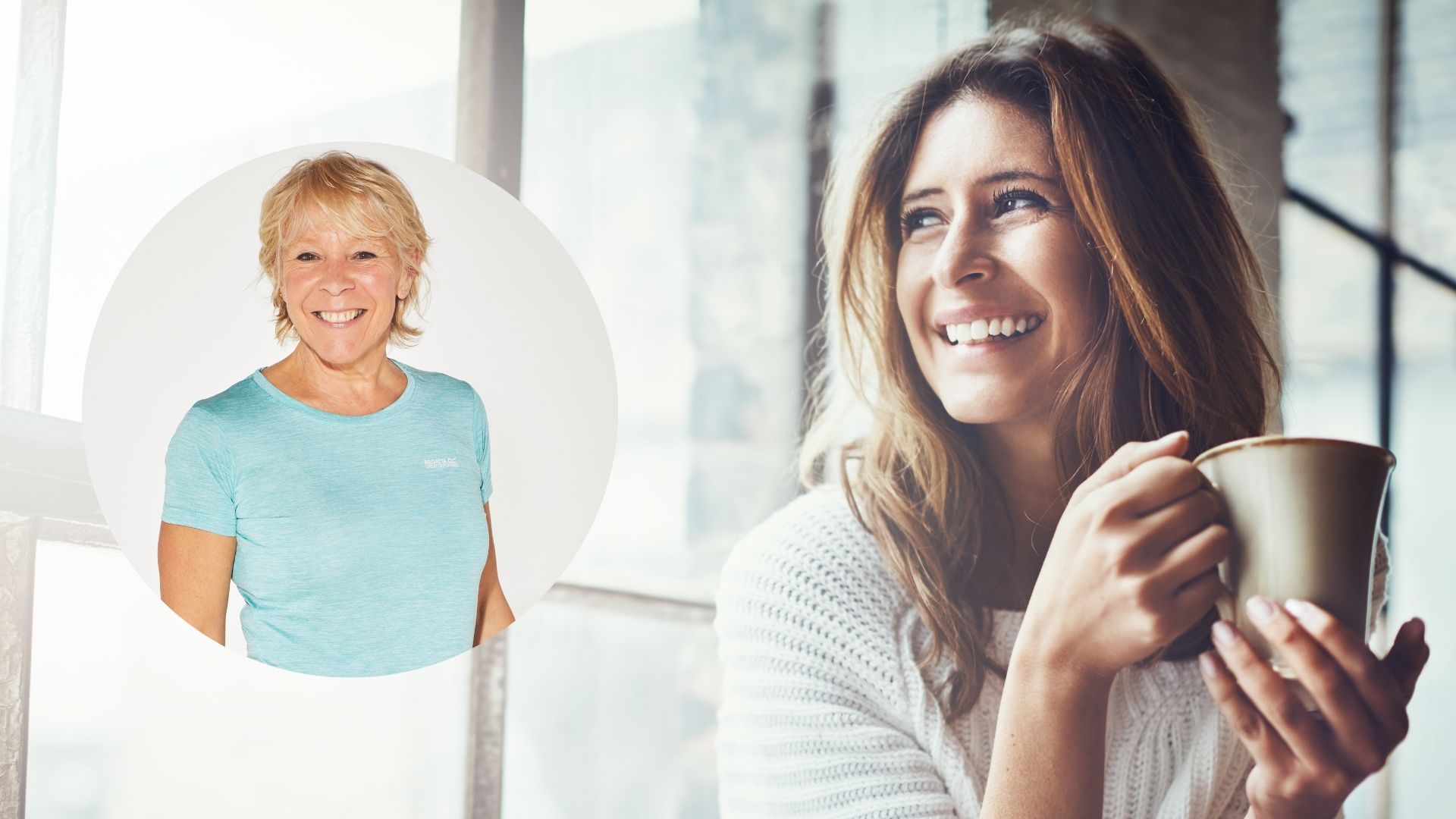
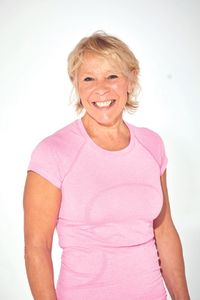
I expect you’re reading this with a little trepidation. Perhaps you’re thinking I’m going to suggest we beat ourselves with the holistic stick and stop our caffeine intake in its tracks. How could I? [slurps coffee], that’s unnecessary... and cruel!
But let's pledge to improve the quality of the blood running through our veins. We can aim to do this by exercising and eating mainly nourishing whole foods punctuated by moderate amounts of what we fancy.
If you're wondering how much caffeine is too much, the same applies to caffeine as it does to our favourite red wine, those chocolate-covered mini bites from M&S and our must-have crisps. Nothing is banned. They’re there to be savoured, just not all the time. So, while trying Sober October could help you to feel healthier and reduce your waistline, I'm not going to advise you give up coffee. Phew!
Caffeine has some benefits
Let’s have a closer look at caffeine. A mug of brewed coffee contains an average of 110mg of caffeine, a cup of instant coffee about 60-70mg and a cup of standard tea around 75mg. Official guidance is that up to 400mg caffeine per day is considered a safe level for most adults (halve that for pregnant women), but everyone’s tolerance levels are different.
Indeed, The British Heart Foundation says that a moderate amount (four or five cups a day) of coffee and tea should not be detrimental to heart health, and that there is actually a link between caffeine and living longer, although more research needs to be done.
So, exactly how does it put a spring in our step? Caffeine is absorbed into the body via the gastrointestinal tract and up into the brain, where the release of cortisol and adrenaline steps up, and we become focused and alert.
In terms of energy, concentration, motivation and getting things done, a shot of caffeine is good for a little shove.
Sign up to our free daily email for the latest royal and entertainment news, interesting opinion, expert advice on styling and beauty trends, and no-nonsense guides to the health and wellness questions you want answered.
Obviously, the effects we feel after drinking caffeine will depend on our own tolerance levels. For some, mornings are unthinkable without a fresh coffee, and these people claim it brings with it a welcome jolt.
Personally, I haven’t quite decided if it’s the caffeine, the early dose of heat or just the creaminess of the oat milk (try the barista version, it’s a game changer) that makes me spring into life at 5.30am, ready to train clients.
For others, though, it simply brings on feelings of anxiety, palpitations, migraines and disturbed sleep.
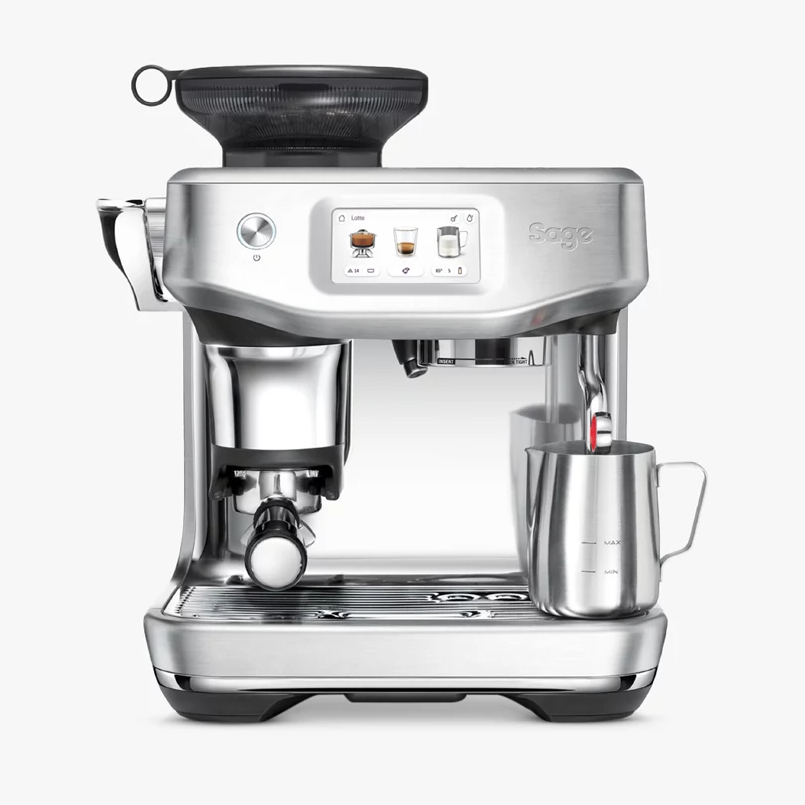
RRP £1,699
Voted 'best overall' in our tried and tested guide to the best coffee machines, our expert loved this model so much that she's kept in her kitchen. Combining the best of automated functions with the charm of a manual barista-level machine, the Oracle Jet does all the fiddly bits for you.
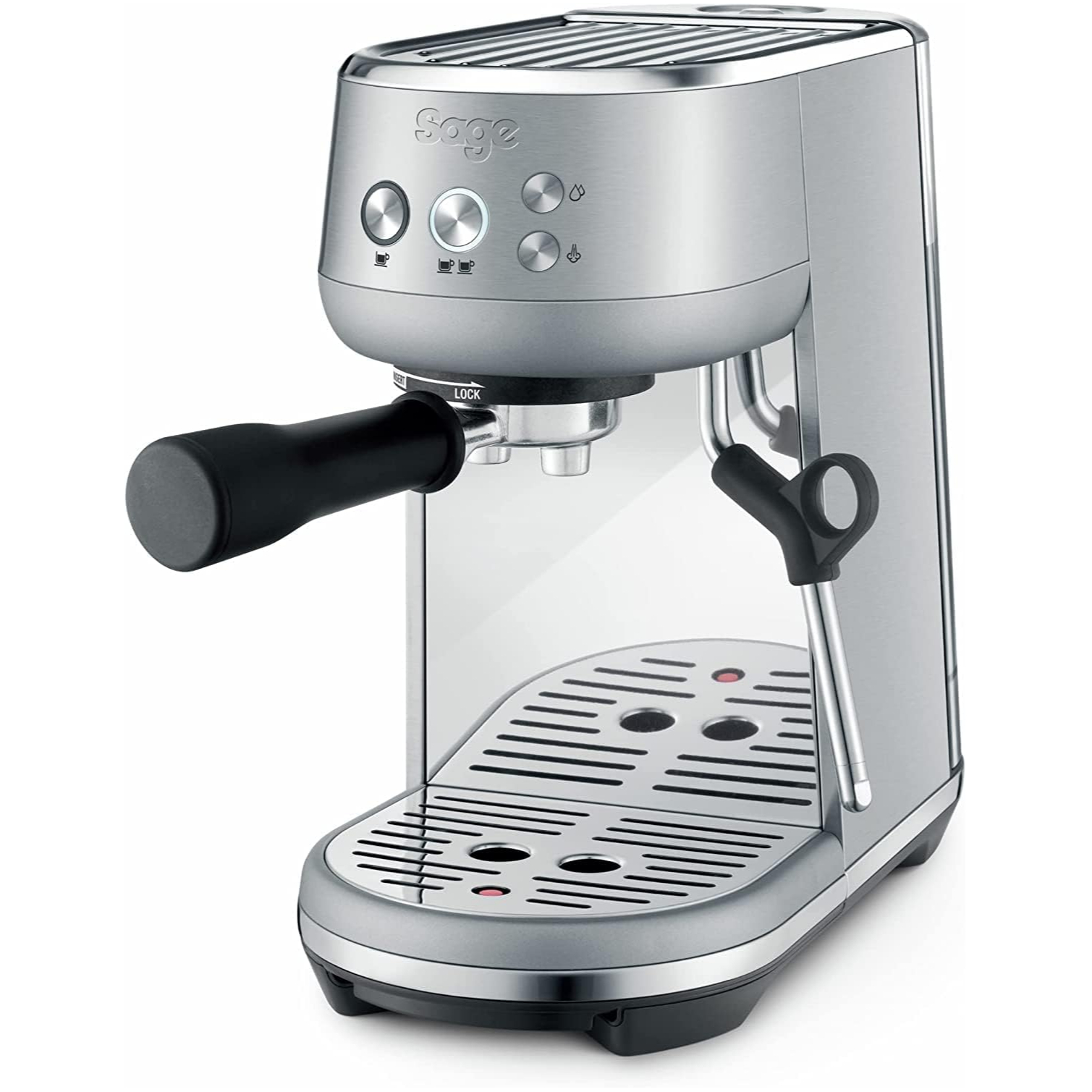
RRP £419
Sage's Bambino is the brand's most affordable machine, but it still features the revered high-tech brewing you'll find in much more expensive models. It heats up fast, powerfully steams milk, and takes up a fraction of the space of most espresso machines.
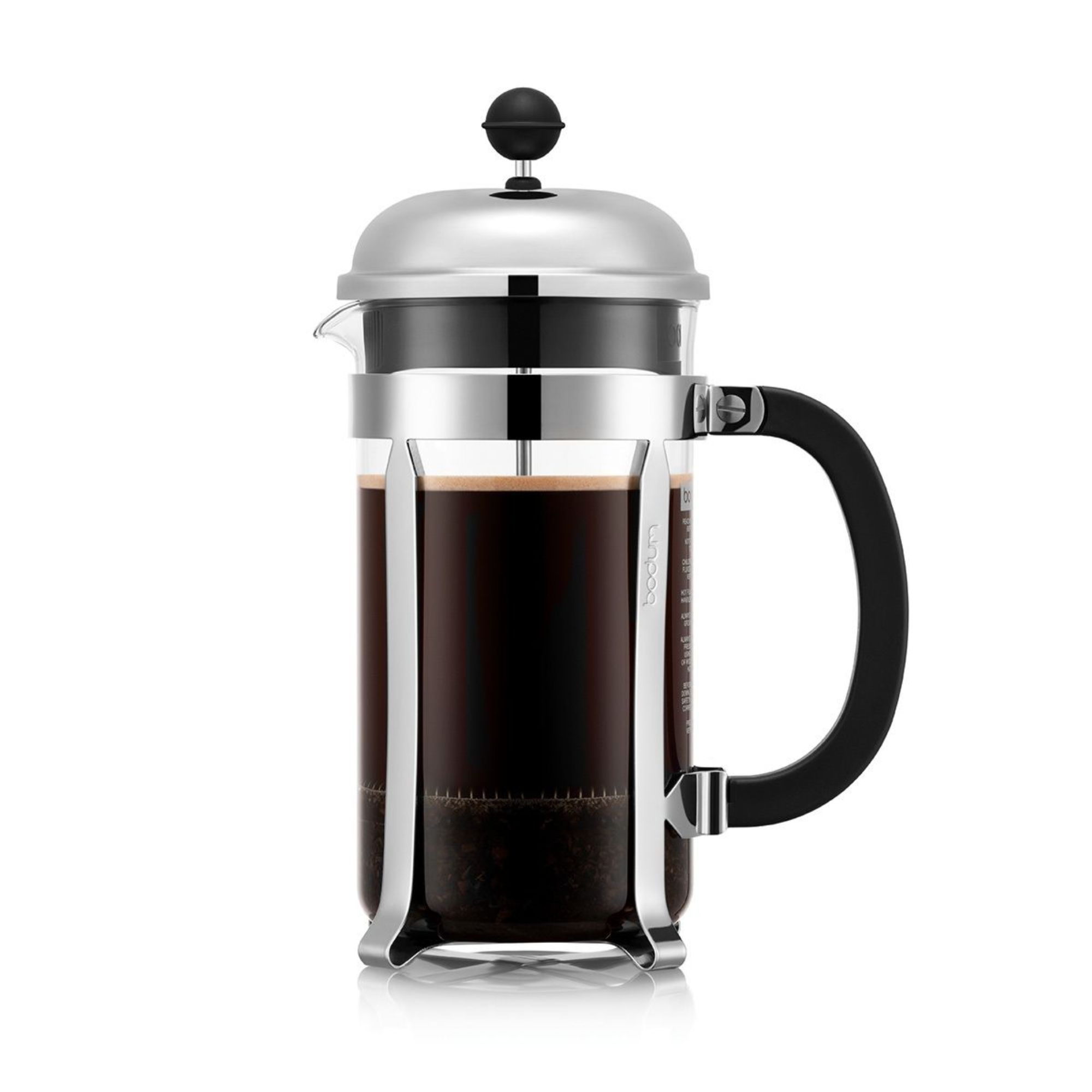
RRP £29.90 for 3 cup/ £49.90 for 8 cup
If you don't want to deal with plugs and screens, you can't beat a cafetiere (also known as a French press). Bodum's is inexpensive and yet technically flawless - delivering rich, slightly acidic brews every time.

How to make tea and coffee 'healthier'
As well as moderating your intake of caffeinated drinks, check how you take your beverage. To keep it benefiting your health, rather than robbing you of it, check its sugar and fat content. The type of milk, how much sugar you have, the use of syrups and flavourings, the biscuits that must go with it... these can all increase cholesterol and calories.
And of course, pay attention to whether your body can take it. Tossing and turning all night, then ignoring the hand tremors, dizziness and headaches while you’re necking back 10-15 cups a day may only result in something more serious.
Lack of sleep affects so many other areas of our life (relationships, productiveness at work, and weight-loss success), so don’t push it. Swap to decaffeinated coffee and find a herbal hot drink you like (like mint tea) to see if you feel better – even if that's just a swap in the afternoon.
Finally, put that caffeine-related energy to good use by striding for a 30-minute walk while listening to your favourite book through your exercise headphones. You’ll feel so energised and positive!
3 yoga moves to lift brain fog
If you, like many people, turn to your coffee habit as a way of helping to clear brain fog, why not try giving these beginner-friendly yoga stretches a try instead.
1. Cobra pose
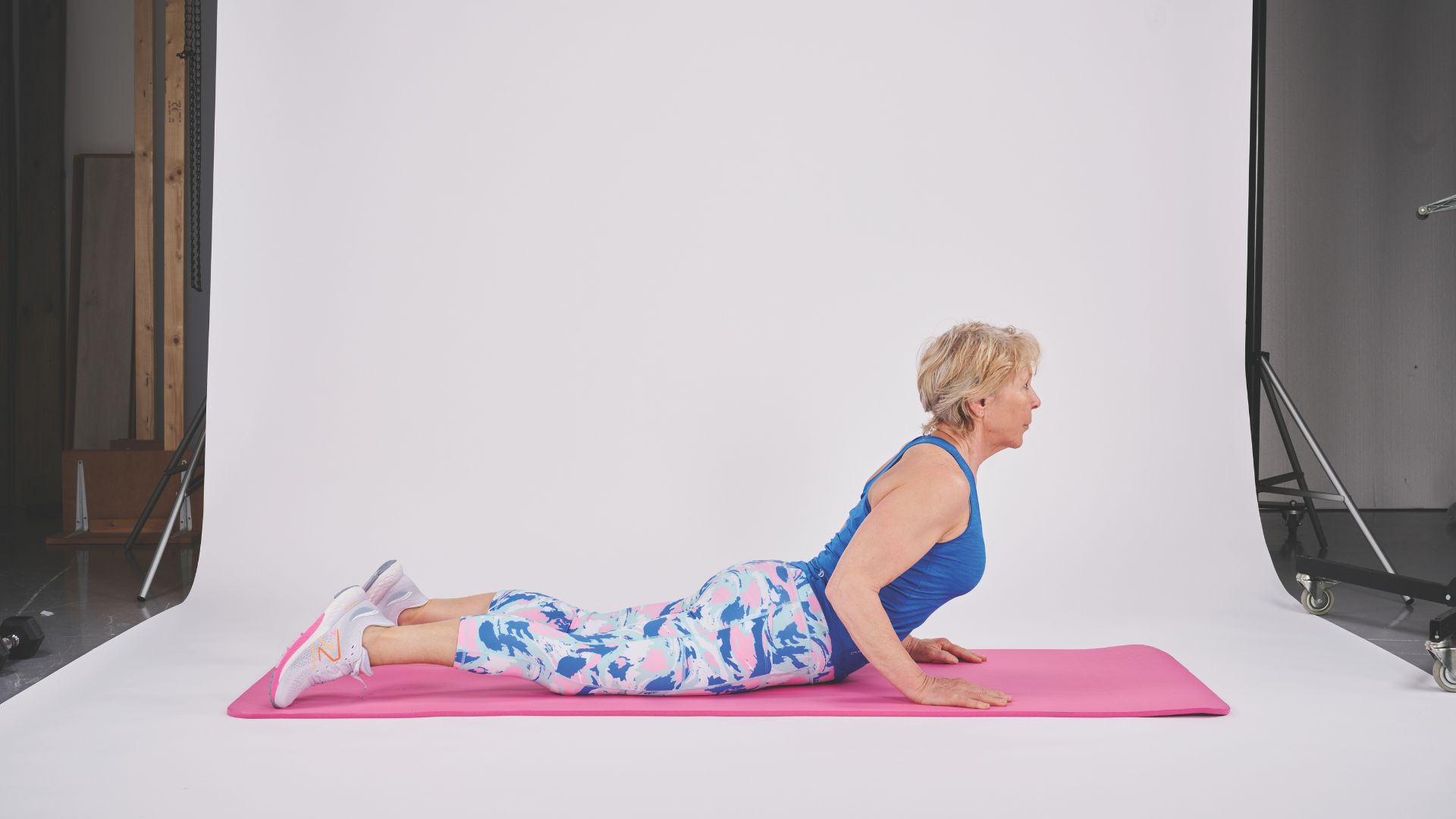
Lie flat on your front. Place your hands next to your chest with your elbows in. Push through the heels of your hands and lift your chest up. Drop your shoulders down and push your ribcage forwards. Breathe and hold for a few seconds.
Repeat five times.
2. Child's pose
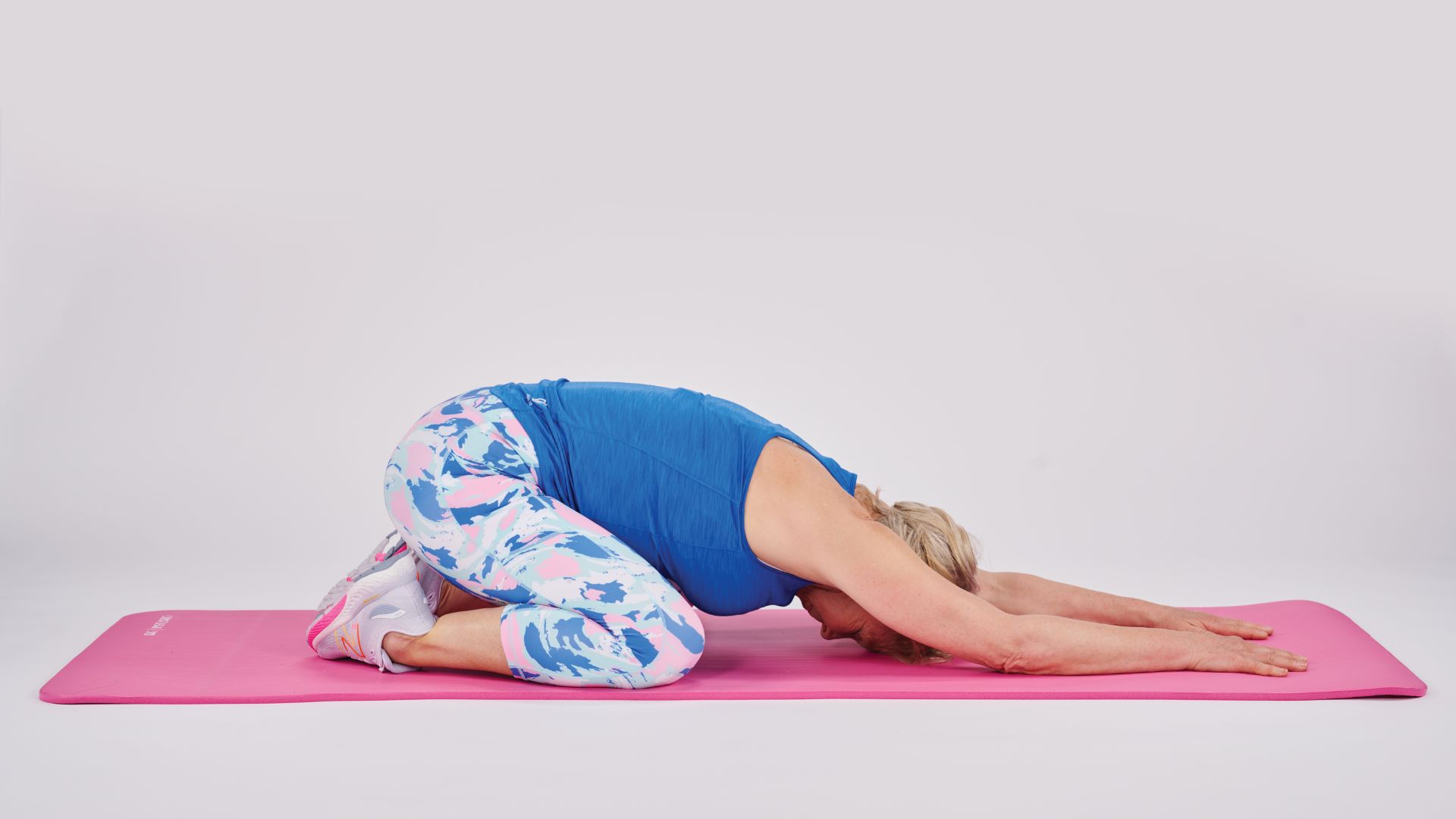
Then, push yourself into child’s pose. With your toes touching, open your knees wide and sit back into the pelvis. Lie your forehead on your best thick yoga mat and walk your fingers forwards.
Hold once for 20-30 seconds. This stretches your upper body and pelvic muscles.
3. Downward-facing dog
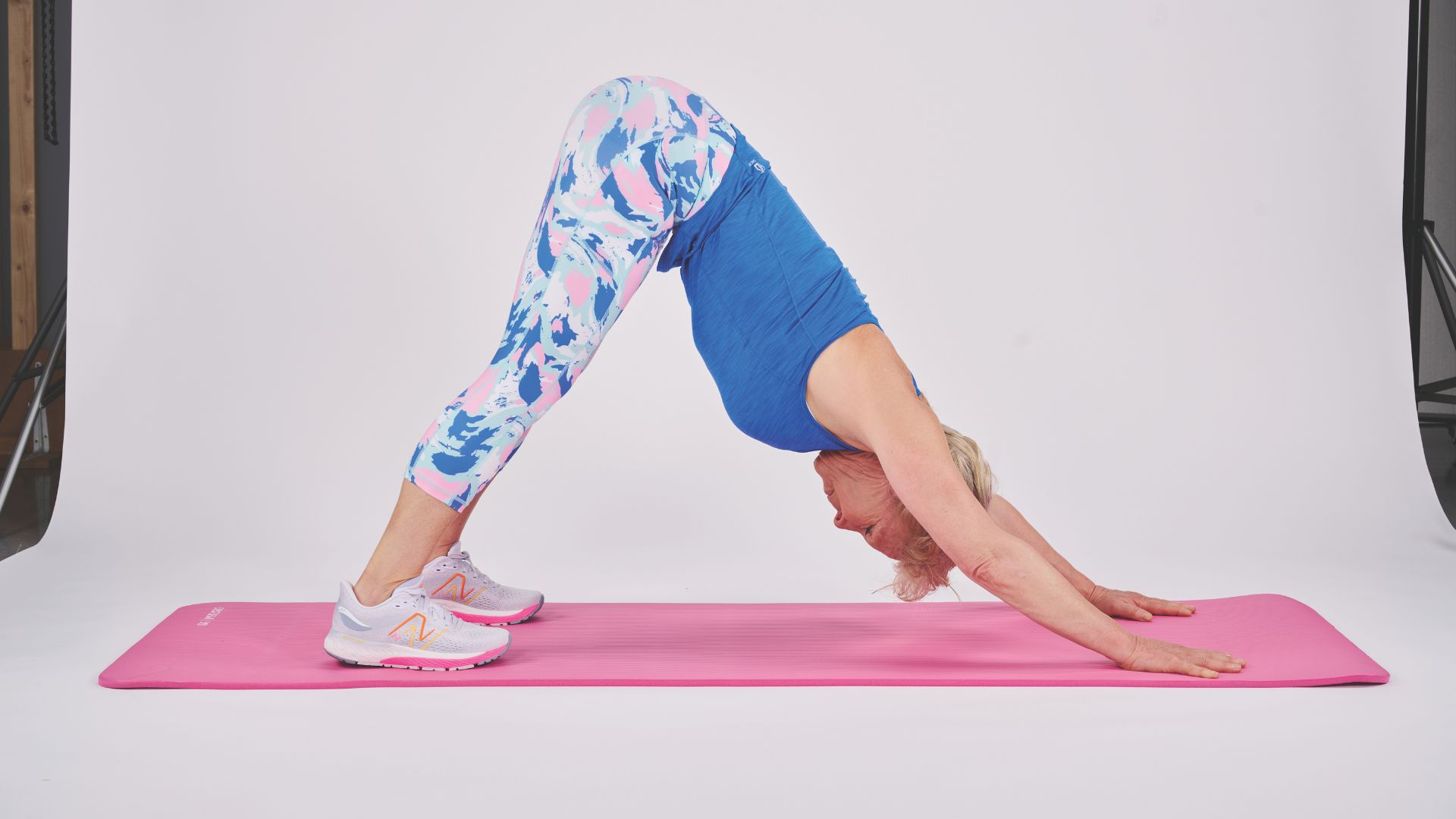
From all fours, lift your hips up and press your heels down. Aim your chest towards your thighs and hold for five seconds.
Return to all fours and repeat five times. This stretches the whole back of your body and works the core.
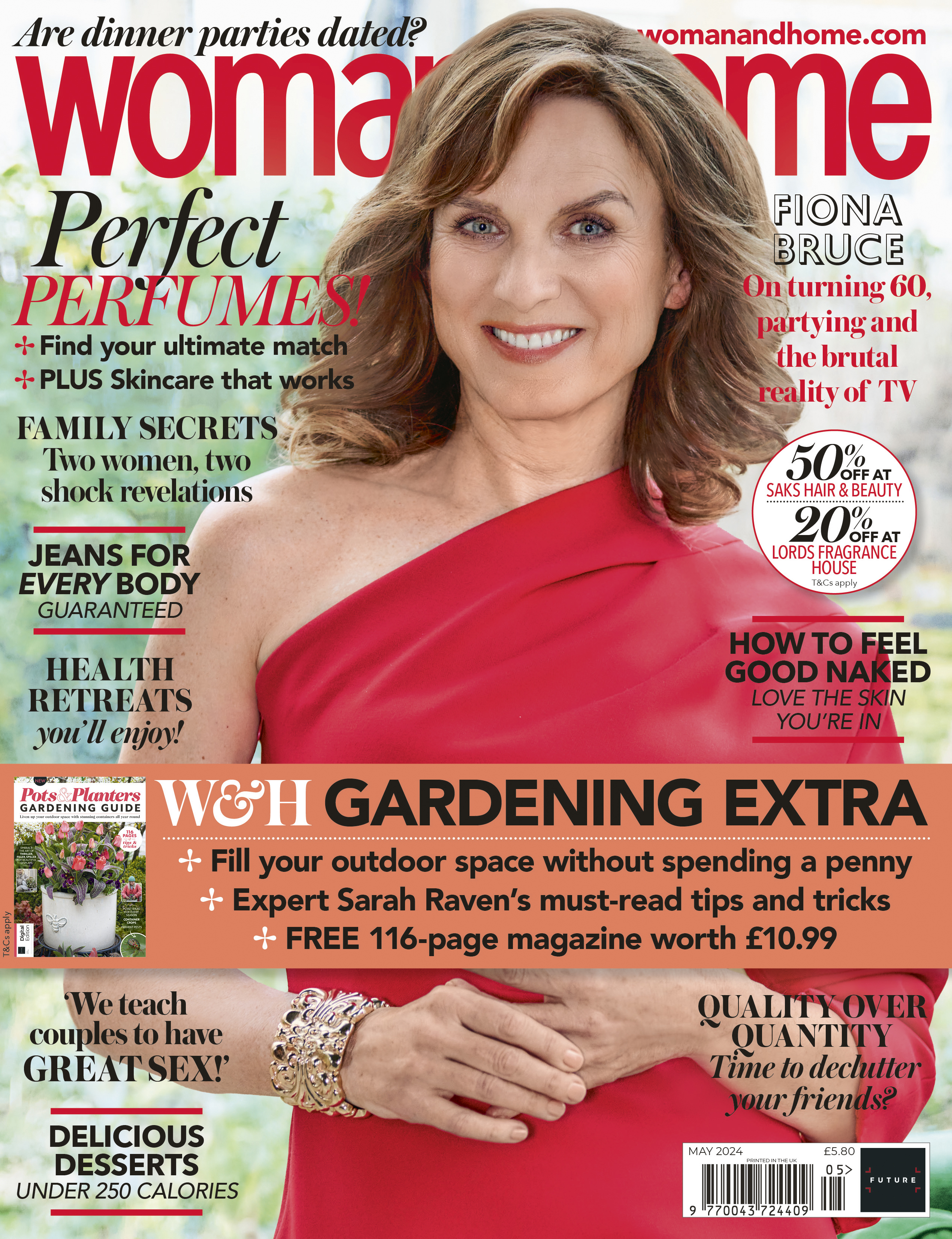
This article first appeared in the May 2024 issue of woman&home magazine. Subscribe to the magazine for £6 for 6 issues.
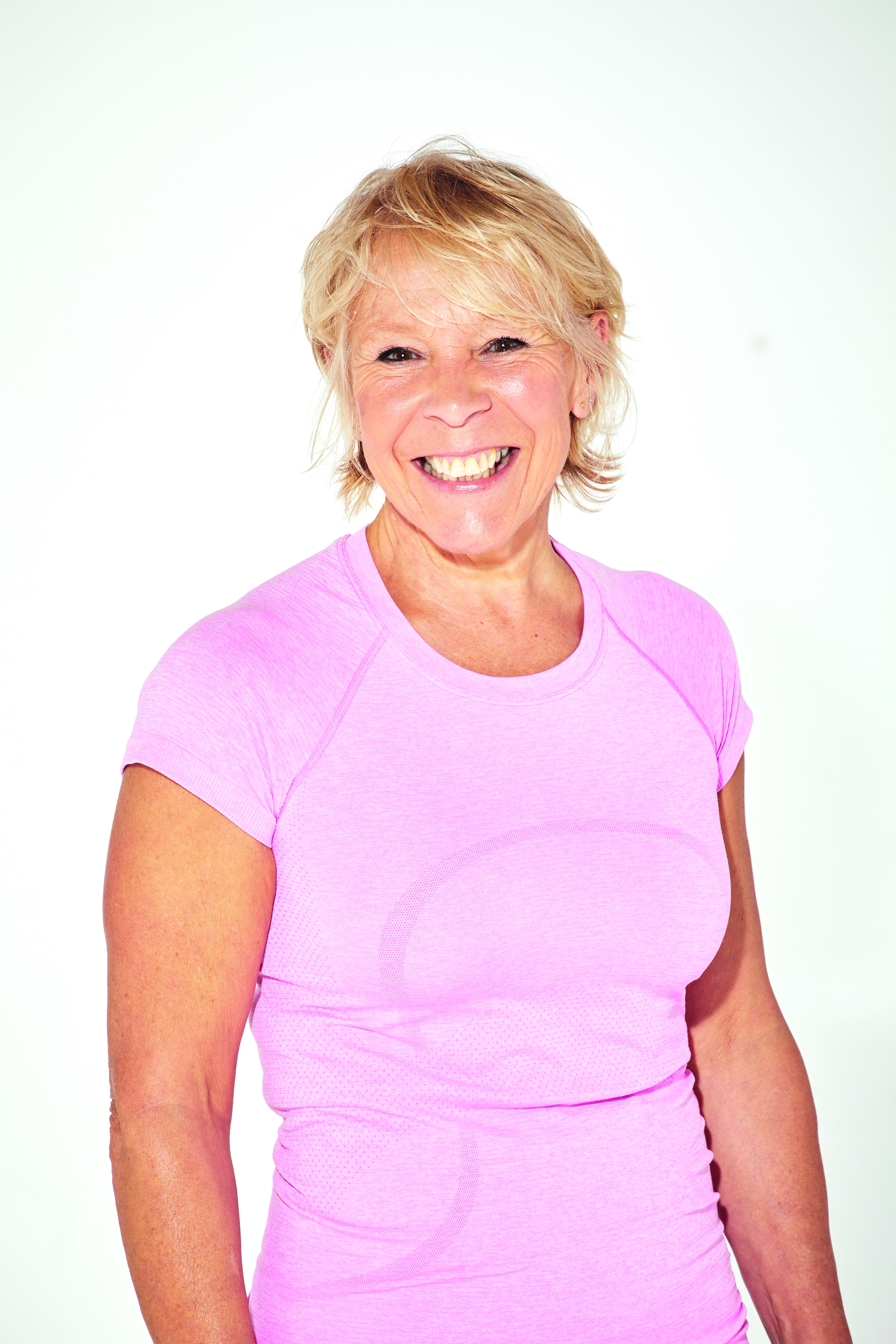
Annie Deadman is woman&home’s resident fitness guru, and founder of the 28-day Blast Plan, a no-nonsense nutrition and fitness programme to help kick-start sensible weight-loss and boost health.
Annie has collaborated with woman&home on a series of at-home video workouts, as well as writing regular columns on how to make healthier lifestyle choices.
Annie brings a warm and relatable approach to working out, making getting in shape less of a chore. She loves, among other things, long-distance walking, weight training and cream teas.
You must confirm your public display name before commenting
Please logout and then login again, you will then be prompted to enter your display name.